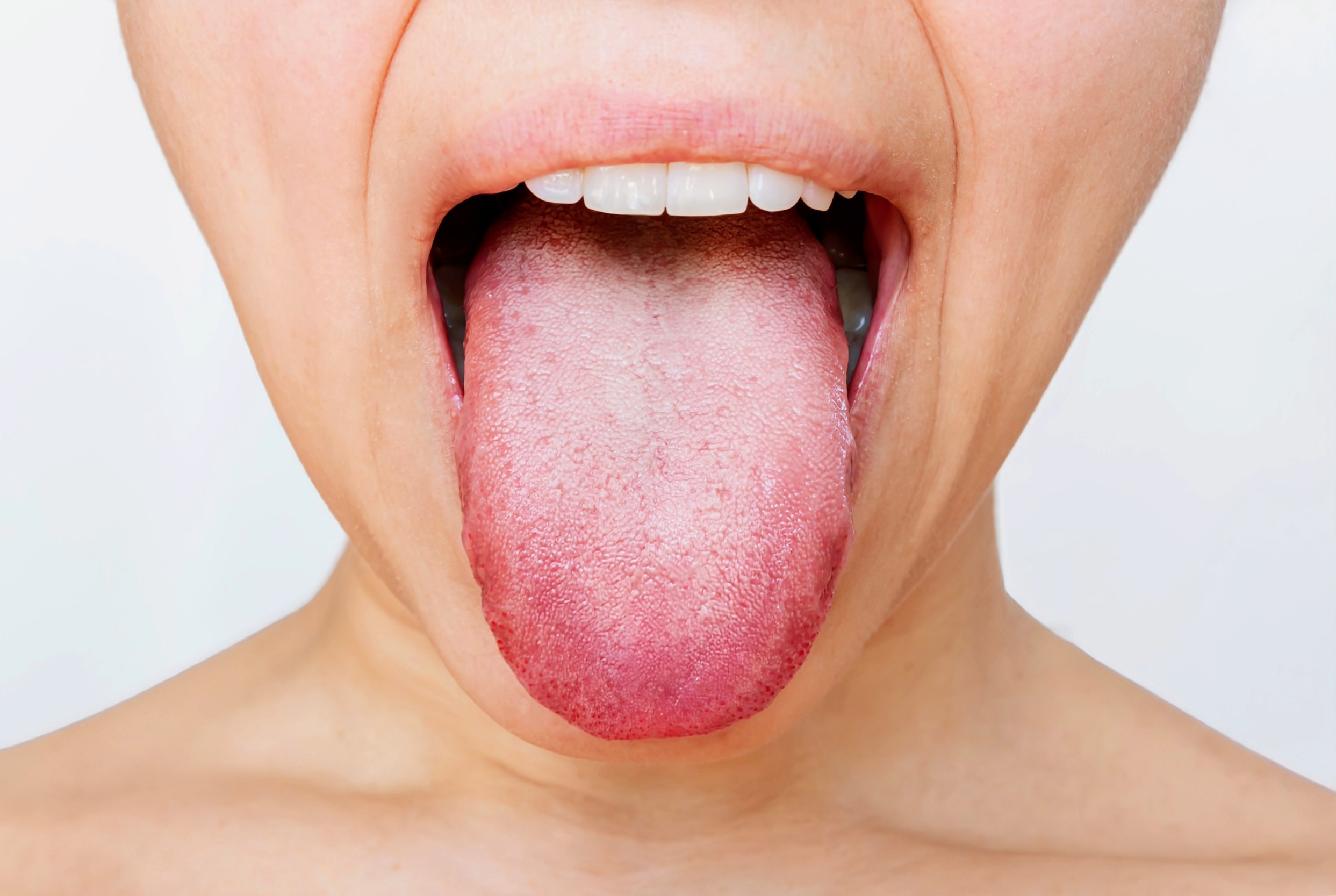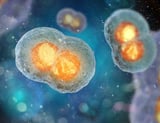Meet the Mouth Bacterium That Builds 'Microscopic Rainforests' in Dental Plaque
September 3, 2024
The human mouth hosts a diverse ecosystem of over 500 species of bacteria, organized into biofilms, making it one of the most complex microbial environments.
Recent research from the Marine Biological Laboratory and ADA Forsyth has focused on Corynebacterium matruchotii, a common mouth bacterium, to understand its role in the spatial organization of dental plaque.
The findings have broader implications for understanding microbial community organization beyond the oral microbiome and were published in the Proceedings of the National Academy of Sciences.
C. matruchotii exhibits a unique mode of reproduction known as multiple fission, allowing it to divide into up to 14 daughter cells simultaneously, which contributes to its rapid population growth.
Lacking flagella, C. matruchotii relies on its elongated growth and division strategies to explore its surroundings for nutrients, similar to how fungal mycelial networks operate.
The study describes microbial biofilms as 'microscopic rainforests' where bacteria interact and grow, with C. matruchotii's unique cell cycle facilitating dense networks within these biofilms.
This bacterium grows primarily through a process called 'tip extension,' where it elongates at one end before dividing, a strategy that enhances its competitive advantage in the dental plaque environment.
Time-lapse microscopy has shown that C. matruchotii grows significantly faster than closely related species, emphasizing its adaptability in the competitive habitat of dental plaque.
Co-author Jessica Mark Welch likens C. matruchotii in dental plaque to trees in a forest, highlighting its role in creating habitats for various other bacterial species.
Led by microbiologist Scott Chimileski, the research team observed the structural role of C. matruchotii in dental plaque, emphasizing its importance in maintaining the integrity of these complex microbial communities.
The research suggests that C. matruchotii's growth strategy allows it to outcompete other bacteria and form filamentous networks within dental plaque.
C. matruchotii colonies can grow up to half a millimeter per day, which explains the rapid return of dental plaque even after regular brushing.
Summary based on 5 sources
Get a daily email with more Science stories
Sources

Phys.org • Sep 2, 2024
Human mouth bacteria reproduce through rare form of cell division, research reveals
ScienceDaily • Sep 2, 2024
Open wide: Human mouth bacteria reproduce through rare form of cell division
News-Medical • Sep 3, 2024
Extraordinary cell division mechanism discovered in common dental plaque bacteria
ScienceAlert • Sep 4, 2024
Bacteria in Your Mouth Reproduce in a Strange, Rare Way, Scientists Discover